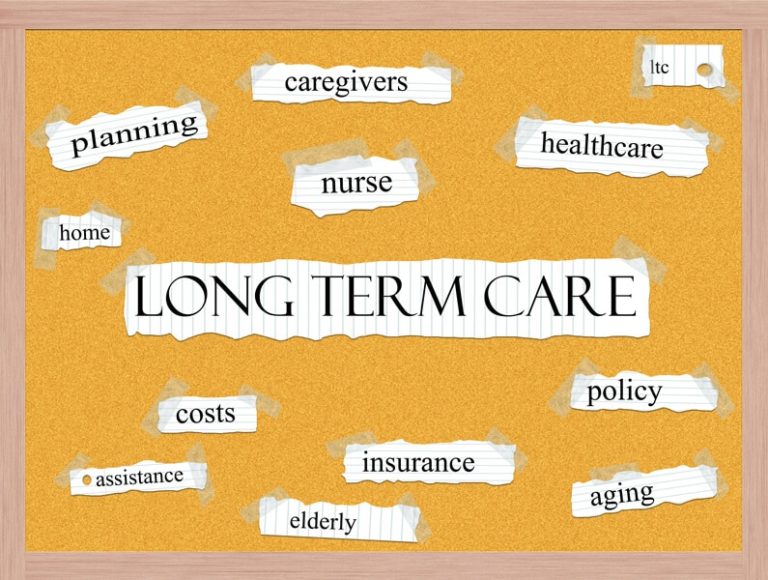Did you know that it is estimated that 52% of Americans who’ve recently turned 65 will need long-term care services at some point in their lifetime? This blog series,”11 Ways to Pay for Long-Term Care,” is devoted to offering different avenues of payment options to families who want to ensure their aging loved ones can get the care that they need. In our last post, we looked at how Leveraging the Cash Value of Life Insurance is the eighth option for paying for long-term care. This week, we’re exploring how a Viatical or Life Settlement can be utilized as the ninth way to pay for long-term care. These terms can be confusing, so let’s unpack them:
How Can Seniors Utilize a Viatical or Life Settlement?
What is a viatical, or life settlement? We’re glad you asked! A viatical or life settlement is a process where the proceeds of a life insurance policy are sold to a third party in exchange for immediate cash. The word “viatical” comes from the Latin which means to “give communion to someone dying, or in danger of dying.”
While the terms viatical and life settlement are often thought to be the same, in actuality they are not interchangeable. A viatical settlement typically only occurs when the senior’s life expectancy is less than two years, whereas a life settlement is when the life expectancy is longer. Thankfully for the senior, the cash proceeds from selling a life insurance policy via a viatical or life settlement can be used for either long-term care services at home or in a nursing home.
What are Some Advantages to Utilizing a Viatical or Life Settlement to Pay for Long Term Care?
One of the advantages of utilizing a viatical is that it provides instant access to cash during a grave diagnosis, which is often a time of great need for the senior and their family. Additionally, another advantage of utilizing a life settlement is the straight-forward nature of cashing out such a settlement. In contrast to viatical, life settlements are generally available to people aged 65 who also have a life insurance policy valued at more than $100,000. Another advantage to a viatical or life settlement is the speed with which the senior will typically receive the funds after initiating it with a broker: typically, within a matter of weeks. Likewise, a viatical settlement is not considered taxable income, based on the 1996 Health Insurance Portability and Accountability Act.
What are the Drawbacks to to Utilizing a Viatical or Life Settlement to Pay for Long Term Care?
As noted in our last blog post, the decision to cash in a life insurance policy is a massive decision and shouldn’t be taken lightly. One of the drawbacks of utilizing a viatical settlement include the reality that the senior’s beneficiaries will not receive benefits when they pass away. Another drawback includes the fact that a viatical or life settlement may make the senior ineligible for benefits such as Medicaid, and if there are any outstanding debts, creditors may make claims against the payment. Nevertheless, for some seniors, cashing in a life settlement or viatical can present the most advantageous option for paying for long term care.
In our next post, we’ll explore a tenth option for paying for long-term care and consider the pros and cons of that particular way to pay. Don’t miss it.
Need help paying for skilled nursing or at-home care? Download our entire “11 Ways To Pay for Long-Term Care” booklet, and share it with your entire family.
View More from the 11 Ways to Pay for Long-Term Care Series:
11 Ways to Pay for Long-Term Care: #11 Medicaid Planning
11 Ways to Pay for Long-Term Care: #10 Charitable Remainder & Medicaid Disability Trust
11 Ways to Pay for Long-Term Care: #9 Viatical or Life Settlement
11 Ways to Pay for Long-Term Care: #8 Leveraging the Cash Value of Life Insurance
11 Ways to Pay for Long-Term Care: #7 Family Friends & Service Clubs
11 Ways to Pay for Long-Term Care: #6 Children of the Parents
11 Ways to Pay for Long-Term Care: #5 Tax Deductions
11 Ways to Pay for Long-Term Care: #4 Jumbo Reverse Mortgage
11 Ways to Pay for Long-Term Care: #3 HELOC
11 Ways to Pay for Long-Term Care: #2 Reverse Mortgage
11 Ways to Pay for Long-Term Care: #1 Long-Term Care Insurance




